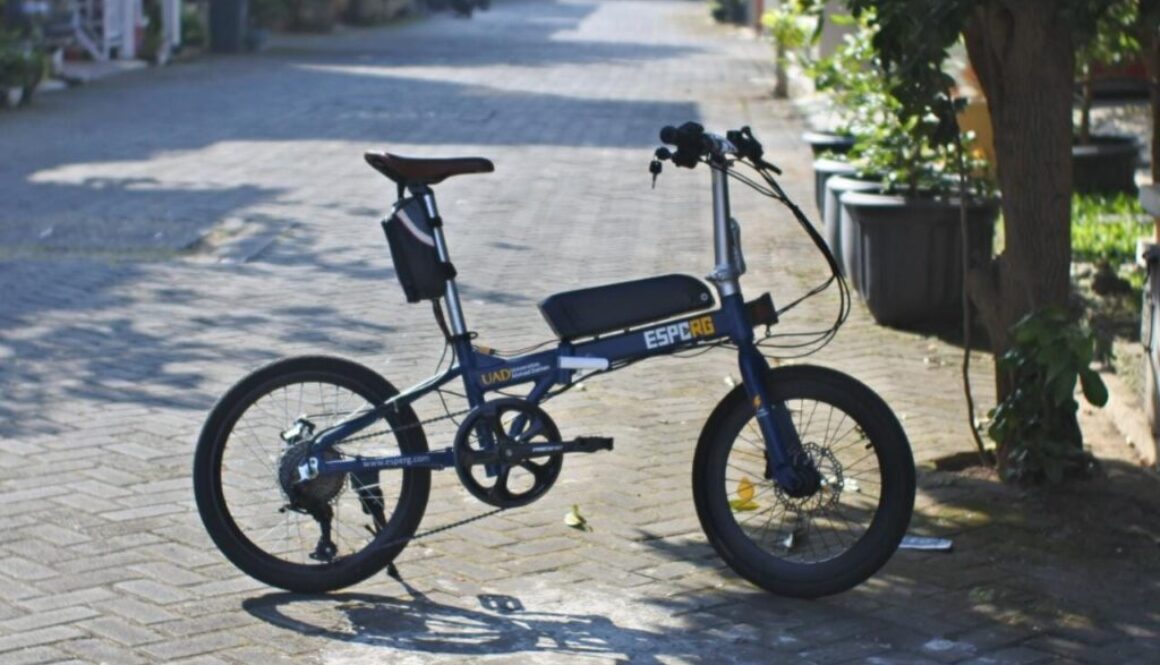How to step by step create a scientific paper review
ESPERG Team Blog, Books, Research paper, Project 0
Here are the step-by-step guidelines for creating a scientific paper review, especially on an engineering subject:
- Choose a Paper: Select a paper that is relevant to your area of interest in electrical engineering. You can search for relevant papers on online databases like IEEE Xplore or Google Scholar.
- Read the Paper: Read the paper thoroughly and take notes on the key concepts, methods, results, and conclusions. Make sure you understand the paper and its contribution to the field.
- Evaluate the Paper: Evaluate the strengths and weaknesses of the paper. Identify any flaws in the methodology, data analysis, or conclusions.
- Summarize the Paper: Write a brief summary of the paper, including the main research question, methodology, results, and conclusions.
- Critique the Paper: In this section, you should provide a critical analysis of the paper. Evaluate the methodology, data analysis, and results in light of the research question. Highlight any limitations or weaknesses of the study.
- Compare and Contrast: Compare and contrast the paper with other studies in the field. Highlight similarities and differences in the methodology, data analysis, and results.
- Conclusion: In the conclusion section, summarize your key points and overall evaluation of the paper. Provide suggestions for future research in the field.
- References: Finally, provide a list of references that you used in your review. Make sure to follow the citation format required by your institution or the journal you are submitting the review to.
Remember to use clear and concise language and to provide examples to support your analysis. Make sure to check for any spelling or grammatical errors and to format your review according to the guidelines provided by the journal or institution.
give some tips to make it great
Sure, here are some tips to make your scientific paper review on an electrical engineering subject great:
- Be clear and concise: Make sure your writing is clear, concise, and easy to understand. Avoid jargon and technical terms that might be difficult for readers to comprehend.
- Use a structured approach: Follow a structured approach in writing your review. Use headings and subheadings to organize your review into sections, such as introduction, methodology, results, and conclusions.
- Provide examples: Provide examples to support your analysis and evaluation of the paper. This will make your review more convincing and help readers understand your points.
- Be objective: Be objective in your review and avoid personal bias or opinions. Stick to the facts and use evidence to support your analysis and conclusions.
- Identify the paper’s contribution: Identify the paper’s contribution to the field of electrical engineering. Explain how the paper advances knowledge and understanding in the field.
- Highlight strengths and weaknesses: Highlight the strengths and weaknesses of the paper. Be honest and objective in your evaluation and provide suggestions for improvement.
- Use relevant references: Use relevant references to support your analysis and evaluation of the paper. Make sure to cite reputable sources and follow the citation format required by your institution or the journal you are submitting the review to.
- Edit and proofread: Edit and proofread your review carefully to ensure it is free of spelling and grammatical errors. A well-written and error-free review will make a great impression on readers.
By following these tips, you can create a well-written, informative, and convincing scientific paper review on an electrical engineering subject that will make a great contribution to the field.
tips for publishing it to a high impact journals
Here are some tips for publishing your scientific paper review on an electrical engineering subject in a high-impact journal:
- Choose the right journal: Select a high-impact journal that publishes papers in your area of interest in electrical engineering. Look at the journal’s scope and editorial policies to make sure your paper is a good fit.
- Follow the journal’s guidelines: Read the journal’s submission guidelines carefully and follow them closely. Pay attention to formatting, referencing, and citation requirements, and make sure your paper meets the journal’s standards.
- Address reviewer comments: If your paper is reviewed and returned with comments, make sure to address them carefully and thoroughly. Revise your paper as needed and provide a detailed response to each comment.
- Emphasize the paper’s contribution: Emphasize the paper’s contribution to the field of electrical engineering in your submission letter. Explain how your paper advances knowledge and understanding in the field and why it is important.
- Use clear and concise language: Use clear and concise language in your paper and avoid jargon and technical terms that might be difficult for readers to understand. Use simple, straightforward language to communicate your points clearly.
- Provide examples and evidence: Provide examples and evidence to support your analysis and conclusions. Use data, graphs, and tables to illustrate your points and make your paper more convincing.
- Collaborate with colleagues: Collaborate with colleagues and experts in the field to improve your paper. Seek feedback and suggestions from peers and incorporate their comments into your paper.
- Attend conferences: Attend conferences and present your paper to other researchers in the field. This will help you gain visibility and recognition for your work and may lead to opportunities for collaboration and publication.
By following these tips, you can increase your chances of publishing your scientific paper review on an electrical engineering subject in a high-impact journal and making a significant contribution to the field.
there some tips, hope its help 🙂











